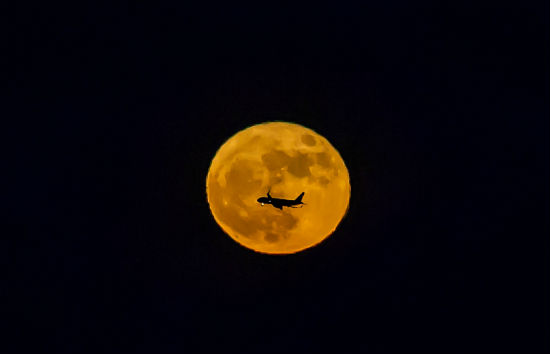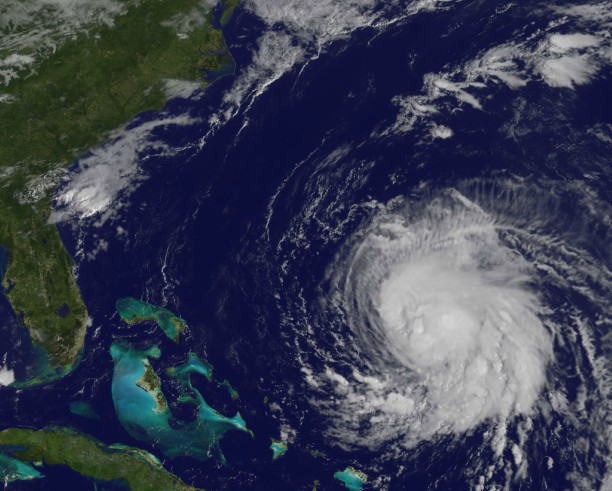T-shirt clad commuters strolled Boston sidewalks, lines at the Dewey Square food trucks were several-dozen-diners long and the Frog Pond skating rink slowly turned into a shallow above-ground pool on Wednesday as temperatures climbed into the record-breaking mid-70s. When the city passed the 75-degree mark Wednesday afternoon, it made history in the Hub, the National Weather Service proclaimed on Twitter. It kept climbing, reaching 77 degrees by mid-afternoon.
The previous record for this date in the city was 72 degrees.
It also marks the “earliest day in [March] in recent recorded history when the high was 75 or higher,” according to the Weather Service.
RELATED: After low-snow winter, shoveling app Yeti won’t launch until next year
At 75 in Boston this March 9th marks the earliest day in Mar in recent recorded history when the high was 75 or higher.
— NWS Boston (@NWSBoston) March 9, 2016
Previously, the earliest date for a 77-degree March day in Boston was March 20, 1921, the Weather Service’s Bill Simpson told Metro.
It’s been a warm winter this year – welcome news for commuters still reeling after last year’s epic snowfall body-slammed the region’s transit infrastructure.
Just short of a month ago, the city saw record-setting, frigid Valentine’s Day cold. At the chilliest part of that pipe-freezing cold snap, wind chills were in the minus 30s. After Wednesday’s warmth, the forecast calls for cooler – but still above average – days for the rest of the week.
RELATED: The Bolaris Report: Break out the beautiful weather
Weather.com called for rain on Thursday and a high of 63 degrees, then highs in the 50s through Sunday, and the Weather Service is calling for higher-than-average temperatures for the next two weeks. But Bostonians shouldn’t get too comfortable, Simpson told Metro. Further west, a curvy jet stream pulling down Canadian air has led to colder-than-average temperatures, he said.
“There’s a flip side to the warm side and maybe we’ll see it,” he said, adding that it’s still possible the city will see measurable snowfall before spring.


















